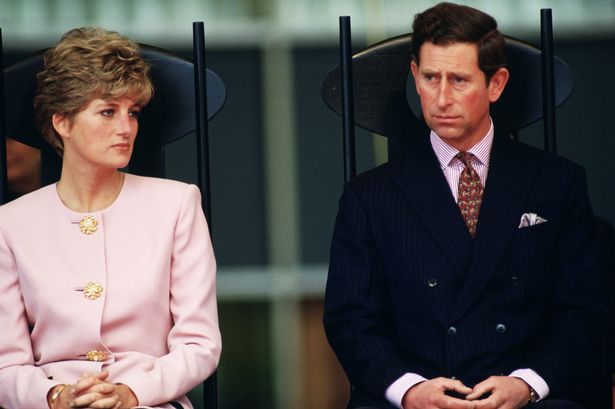Princess Diana’s Christmas traditions underwent a significant transformation following her separation from Prince Charles in 1992 and their subsequent divorce in 1996. While the initial years after the separation saw her continue to join the Royal Family at Sandringham Estate for the Christmas holidays, this practice eventually ceased, marking a departure from the established royal customs and signifying the evolving nature of her relationship with the monarchy. These changes mirrored the broader shifts in her public role and personal life, as she navigated a new identity outside the confines of the traditional royal framework. Her Christmas celebrations transitioned from the grand formality of Sandringham to more intimate and personalized settings, reflecting her desire for greater autonomy and control over her life and festive experiences.
Before the separation, Christmas for Diana was steeped in the elaborate rituals of the royal family at Sandringham. This involved adhering to a strict schedule of events, including formal dinners, church services, and gift exchanges. These traditions, while grand and historically significant, could also feel constricting, and Diana reportedly felt a sense of unease amidst the formality and public scrutiny that accompanied the royal Christmas celebrations. The festive period at Sandringham, often portrayed as a picture of royal unity and tradition, was likely overlaid with underlying tensions for Diana, particularly as her marriage to Charles deteriorated. The structured nature of the royal Christmas, with its emphasis on tradition and public image, may have felt increasingly at odds with her evolving personal circumstances and growing desire for a more private and authentic life.
Following the separation, Diana’s Christmas plans became a subject of public speculation and media interest, as her choices signified her growing distance from royal life. While she initially maintained the tradition of joining the royal family at Sandringham for a few years, this eventually ceased. This decision marked a significant break from royal protocol and symbolized her reclaiming control over her personal life and festive traditions. It also highlighted the complexities of her relationship with the royal family, as she navigated a new role outside the traditional confines of the monarchy. The media scrutiny surrounding her Christmas plans during this period underscores the public’s fascination with Diana and the evolving narrative of her life after the separation.
The shift in Diana’s Christmas arrangements post-separation reflects her broader desire for a life less defined by royal constraints and more aligned with her personal values and priorities. Instead of the grand formalities of Sandringham, she sought more intimate and private celebrations, often spending Christmas with her sons, Princes William and Harry. These more personalized celebrations allowed her to create new traditions and create a more relaxed and intimate festive atmosphere, centered around family and close friends. This shift mirrored her broader efforts to forge a new identity outside the rigid confines of royal life, prioritizing her personal growth and the well-being of her sons.
Diana’s evolving approach to Christmas reflected not just a change in her personal circumstances, but also a shift in broader societal attitudes towards divorce and the evolving roles of women within families. Her decision to create new Christmas traditions, centered on her sons and personal choices, resonated with many who were navigating similar family dynamics and seeking more individualized approaches to traditional celebrations. Her public visibility during this period, coupled with her relatable struggles and triumphs, made her a symbol of resilience and adaptability for many facing similar life transitions. Diana’s choices regarding her Christmas celebrations echoed the broader societal trend of embracing greater personal autonomy and challenging traditional expectations surrounding family and festive occasions.
In conclusion, the transformation of Princess Diana’s Christmas plans from the elaborate rituals of Sandringham to more intimate and personalized settings marked a pivotal shift in her life post-separation from Prince Charles. It symbolized her growing autonomy, her desire to prioritize her sons and personal well-being, and her quest for a more authentic life outside the rigid confines of the monarchy. Her evolving approach to Christmas mirrored broader societal changes in attitudes toward divorce and family dynamics, and her choices resonated with many navigating similar life transitions. Diana’s Christmas story became a symbol of her resilience, her adaptability, and her determination to forge a new path, embracing personal growth and redefining traditional expectations. Her focus shifted from the grand spectacle of royal Christmas to the intimate warmth of family and close friends, signifying her commitment to creating a more meaningful and fulfilling life on her own terms. This transformation in her Christmas traditions reflected a larger narrative of personal reinvention, as Diana navigated the complexities of life after royalty while remaining a prominent figure in the public eye, forever shaping the perception of modern royalty and its relationship with tradition and personal agency.














